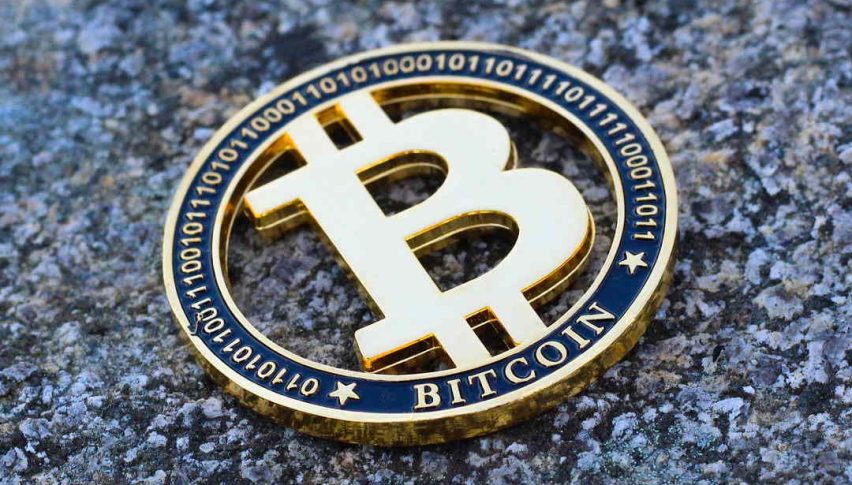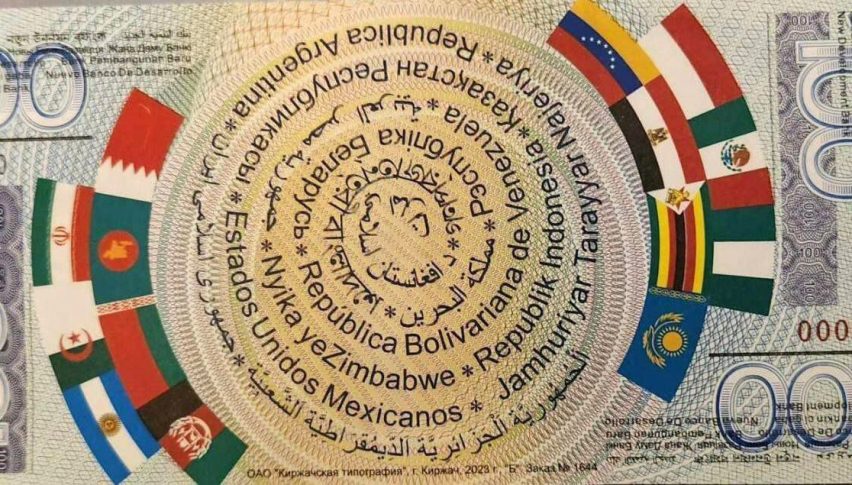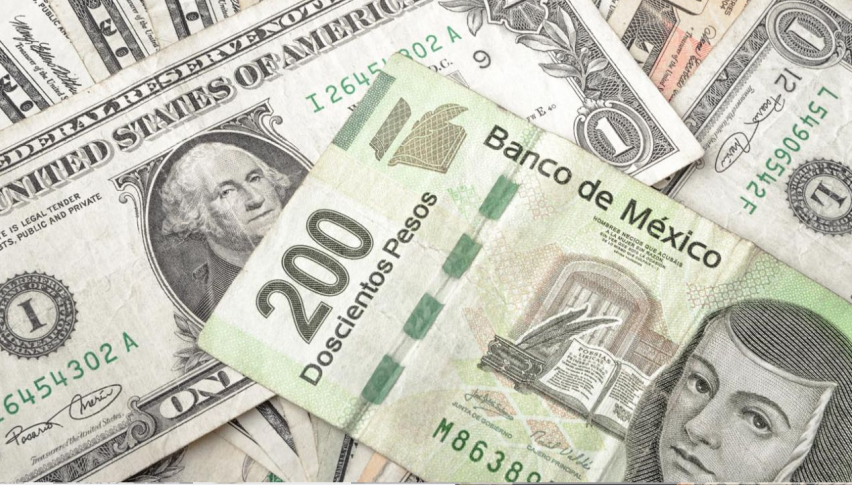The Brazilian currency depreciates, with one dollar now worth 5 reais.
The depreciation of the Brazilian real to 5 reais per dollar is a significant psychological milestone indicating economic weakness
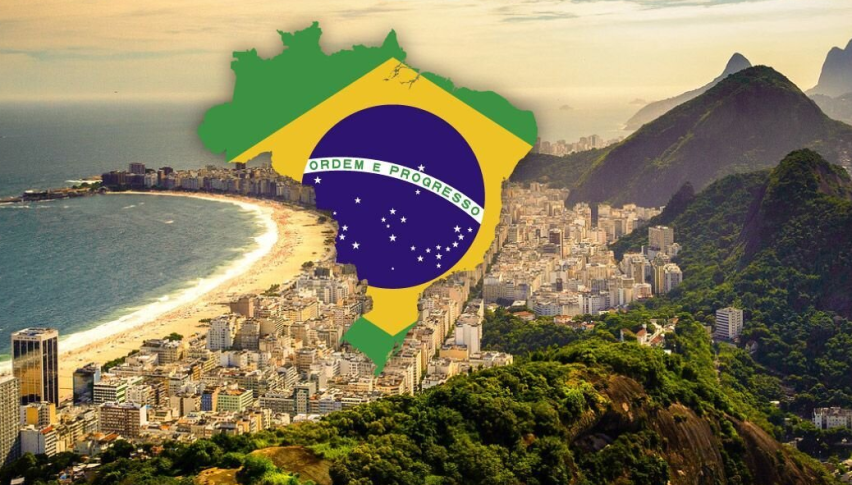
The Brazilian currency depreciates, with one dollar now worth 5 reais.
On an extremely negative day for Latin American markets, the Brazilian currency depreciates, reaching the psychological level of 5 reais per dollar.
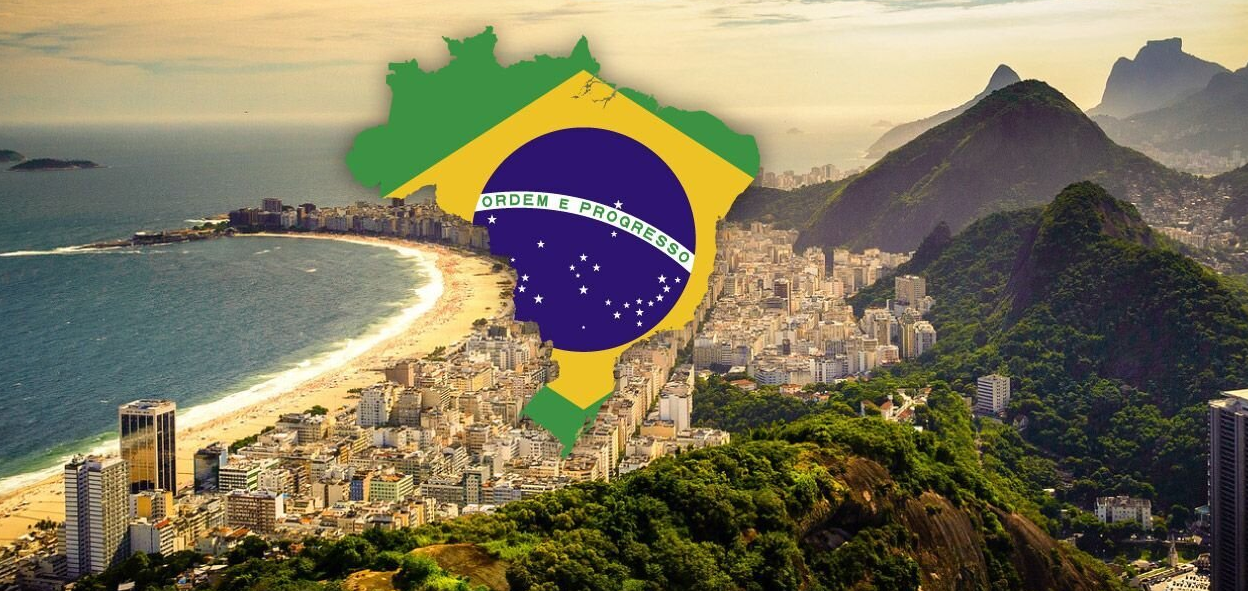
With drops of up to 4%, LATAM indices face an extremely negative Thursday. The main ETF tracking Brazil, iShares MSCI Brazil (ETF), falls by 2%. The psychological level of 5 reais per dollar has been reached.
“It is one of the worst starts to the year for Brazilian markets in a long time,” according to market sources. The decline has accumulated nearly 5% since January 1st.
The fall in Chinese markets, Brazil’s main trading partner, the decrease in the price of some of its key exports like soybeans, and internal political conflict as well as external issues with Paraguay are some of the reasons explaining this challenging start to the year.
The major financial centers in the West and Asia present striking disparities. While the S&P 500, the most important in the United States, is reaching historic highs, the Shanghai Shenzhen CSI 300, is currently at its lowest point in the last 5 years.
As a matter of fact, in just three years, the value of Chinese stocks has experienced a decline of approximately $6 trillion, which is roughly twice the annual economic output of Britain.
Regarding exports, and soybeans in particular, after peaking at $650 in 2022 due to the Russo-Ukrainian conflict, soybeans have plummeted to $435 per ton presently. This is crucial for LATAM since soy constitutes Argentina and Paraguay’s primary export and Brazil’s third.
On the national front, Brazil faces increasing internal conflict between the ruling party and Jair Bolsonaro’s opposition, despite his legal inability to compete until 2029. Brazil’s judiciary has long been a problem, accused of political interference, breeding uncertainty.
Finally, there’s a dispute with Paraguay, a supplier of energy to southern Brazil. The Paraguayan Itaipu Dam, which generates energy and is owned by Paraguay, demands an increase in the prices Brazil pays for receiving the supply. The discussion is ongoing without a clear outcome.
In this context, it is quite clear that pressures against the Brazilian currency may continue to increase. On the bright side, inflation in Brazil continues its downward trend in January, standing at 4.51% year-on-year.
- Check out our free forex signals
- Follow the top economic events on FX Leaders economic calendar
- Trade better, discover more Forex Trading Strategies
- Open a FREE Trading Account
